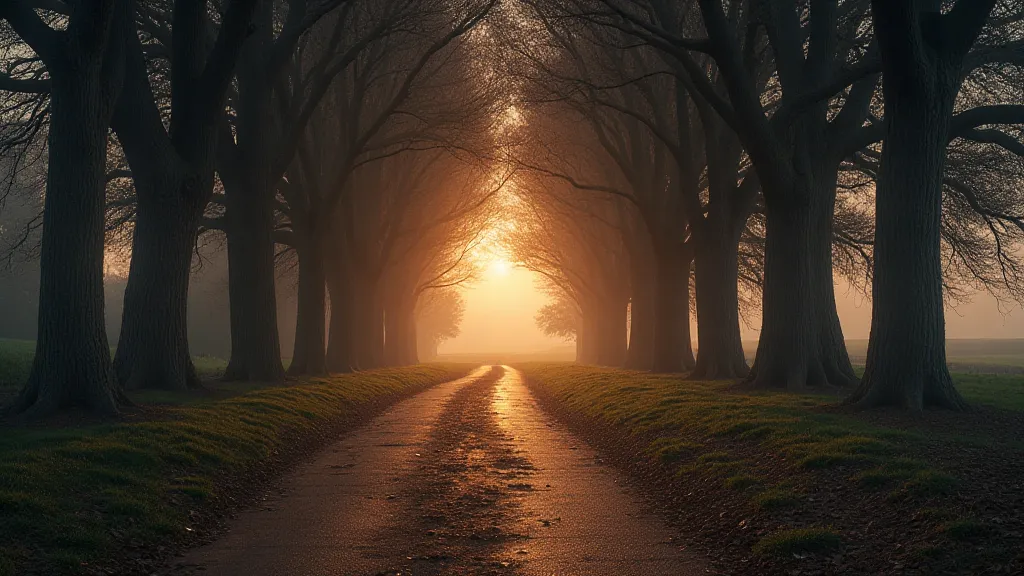Leading Lines: Guiding the Viewer's Eye
One of the most powerful tools in a photographer’s arsenal isn't a fancy lens or a complicated setting – it's the principle of leading lines. This composition technique utilizes lines within an image to draw the viewer's eye towards the main subject, creating a more engaging and dynamic photograph. If you’re a beginner photographer looking to improve your compositions, understanding and employing leading lines is a crucial step.
What are Leading Lines?
Simply put, leading lines are visual pathways that guide the viewer's gaze. They can be actual lines (like roads, fences, rivers) or implied lines created by the arrangement of objects or shapes. They don’t have to be straight; curves and diagonals can be just as effective, often adding a sense of dynamism and energy to a scene.

Types of Leading Lines
Let's explore some common types of leading lines you can look for in your photographic subjects:
- Roads and Pathways: These are perhaps the most obvious and readily available leading lines. They naturally lead the eye toward the horizon or a point of interest.
- Fences and Walls: These can create a sense of enclosure and guide the viewer’s eye along a specific path.
- Rivers and Streams: The curves of water create graceful and flowing lines that can lead the viewer's eye.
- Rows of Objects: Think of rows of trees, buildings, or even chairs. These repetitive elements create lines that guide the viewer.
- Diagonal Lines: While less obvious than horizontal or vertical lines, diagonal lines create a sense of movement and can add a dynamic feel to your compositions.
- Implied Lines: These are created by the arrangement of objects, not actual lines. For example, a line of people walking in the same direction creates an implied line.
How to Use Leading Lines in Your Photography
Here’s a simple guide to incorporating leading lines into your photography:
- Look for the Lines: Actively scan your scene for potential leading lines. Don’t just focus on the subject; observe the entire environment.
- Consider the Direction: Think about where the lines are leading. Do they draw the viewer to the most important element in the scene?
- Experiment with Perspective: Change your shooting angle to emphasize or de-emphasize the leading lines. A lower angle might make the lines appear more dramatic.
- Use Depth of Field: A shallow depth of field can blur the leading lines, further drawing attention to the main subject.
- Simplicity is Key: Avoid clutter. A clean background helps the lines stand out and guides the viewer’s eye more effectively.

Beyond the Basics
Once you're comfortable identifying and using obvious leading lines, challenge yourself to find more subtle and creative ways to employ this technique. Look for patterns and repetition that create visual pathways. Consider how you can use light and shadow to emphasize the lines. Don’s be afraid to experiment and break the “rules” – creative photography often comes from pushing boundaries.
Practice Makes Perfect
Like any photographic technique, mastering leading lines takes practice. Go out and actively look for opportunities to use them in your photography. Review your images and analyze how effectively the lines guide the viewer's eye. The more you practice, the more naturally you’ll start to incorporate this powerful compositional tool into your photography.






